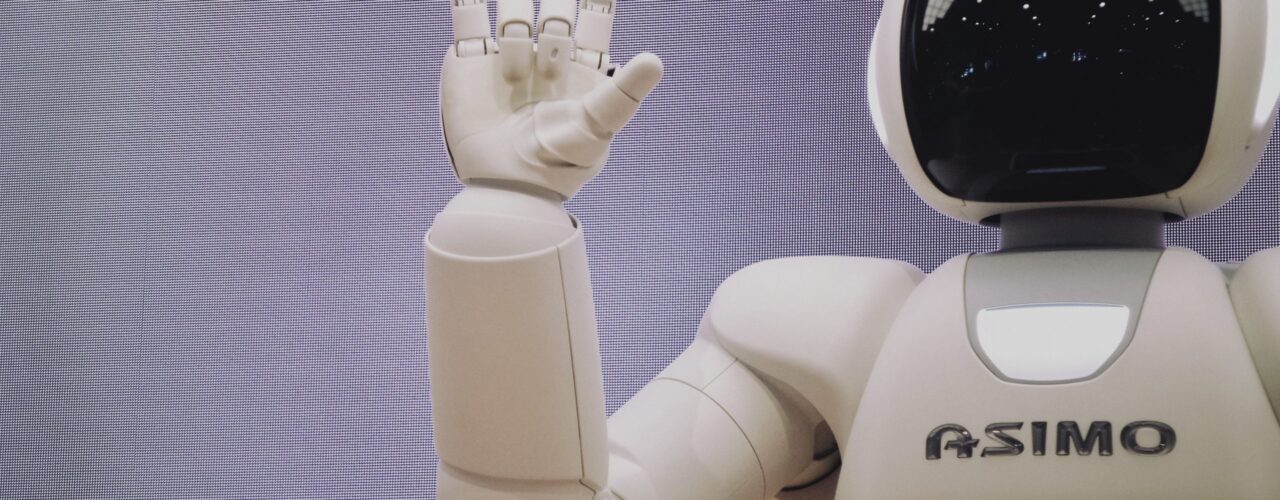Automation
As computational power, memory and battery technology progress, and human prowess at harnessing these technologies improves, more human activities are being carried out by machines. Artificial intelligence (AI) is designed for decisions and processes, robotics for completing physical tasks tirelessly and without error. Machine learning is a subset of AI that allows machines to learn from data without being programmed to do so. Together, and with more complex software driving them, these technologies are changing the global labour landscape and, indeed, our entire global economic system.
Read more
Current Trajectory
AI and robotics are unlocking myriad new forms of value creation, and enabling important advances in healthcare, education and agriculture, and provide millions of people with low-cost access to essential services. From smart sensors enabling better soil and water management or online education services providing tailored lessons, to AI giving medical practitioners in every corner of the world the same information and decision-making support – AI and robotics are impacting human wellbeing, in many ways for the better.
However, the wider societal consequences could be double-edged. While AI and robotics could boost global economic output by tens of trillions by 2030, in the context of our current economic model such output will come with millions of jobs lost and social consequences unforeseen. Job losses due to automation will be unevenly distributed by nation, region, and socioeconomics, with manufacturing and low-skilled labour being hit hardest. The current implementation of automation is widening global income disparities and accelerating the trend towards wealth accumulating with the world’s wealthiest individuals, companies and nations.
Implications
A recent study in Nature found that, if it was supported by the necessary regulatory oversight, AI could play a key role in achieving the majority of the SDGs. But it also highlighted risks related to high energy consumption, inequitable distribution and application, and transparency. Left unaddressed, these have the potential to undermine many of the SDGs.
The key question we face now is: How can we put in place the right structures and regulatory mechanisms to ensure we can harness the power of these technologies to transform our world for the better?
Supporting evidence
- McKinsey&Company predict that AI could boost world output by $13 trillion by 2030, lifting GDP by 1.2% per year, with AI and robotics offering huge potential to transform our economies and societies. https://www.mckinsey.com/~/media/McKinsey/Featured%20Insights/Artificial%20Intelligence/Notes%20from%20the%20frontier%20Modeling%20the%20impact%20of%20AI%20on%20the%20world%20economy/MGI-Notes-from-the-AI-frontier-Modeling-the-impact-of-AI-on-the-world-economy-September-2018.ashx#:~:text=In%20the%20aggregate%2C%20and%20netting,about%201.2%20percent%20a%20year.&text=The%20economic%20impact%20may%20emerge%20gradually%20and%20be%20visible%20only%20over%20time.
- Greater inequality is expected due to automation, as employment losses are concentrated in certain industries and countries, with the loss of 20m manufacturing jobs (8.5% of the global manufacturing workforce) predicted by 2030. https://www.businessinsider.com/oxford-robots-will-take-20-million-manufacturing-jobs-by-2030-2019-7?r=US&IR=T#:~:text=By%202030%2C%20robots%20will%20displace,company%20Oxford%20Economics%20(OE).
- Construction robotics has developed SAM100, a masonry robot that can lay 350 bricks per hour, and has been used on projects by Clark Construction Group and Wasco. https://builtworlds.com/insights/8-companies-bringing-robotics-and-automation-to-construction/
- Artificial intelligence in agriculture is expected to grow exponentially, reaching a global value of $4bn by 2026. https://www.marketsandmarkets.com/Market-Reports/ai-in-agriculture-market-159957009.html
- IBM is using its AI expertise to improve weather forecasting and renewable energy predictions. The aim is to increase the accuracy of demand forecasts by 30%, help utilities better manage their renewable energy load and maximise renewable energy production and reduce GHG emissions. https://www.ibm.com/weather/industries/energy-utilities

Join discussion